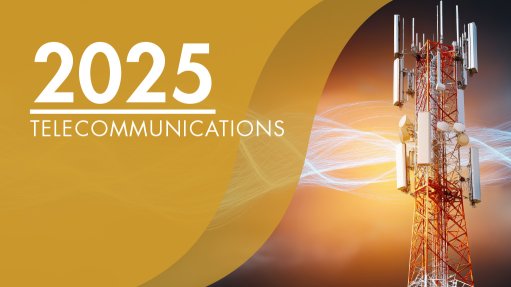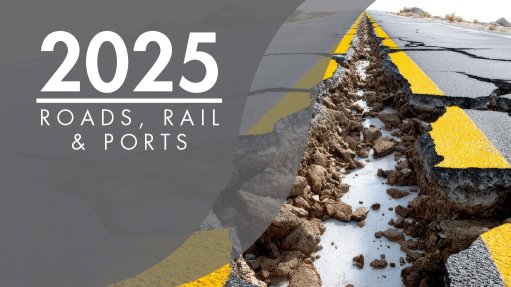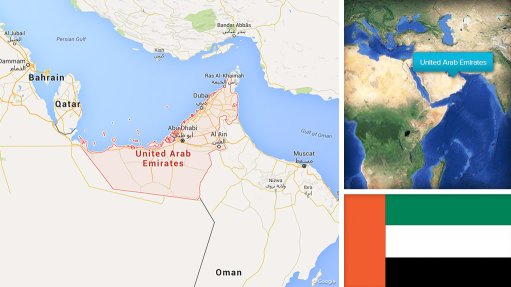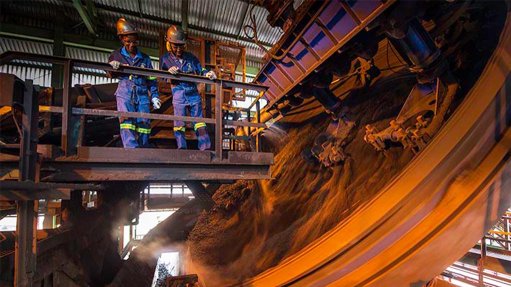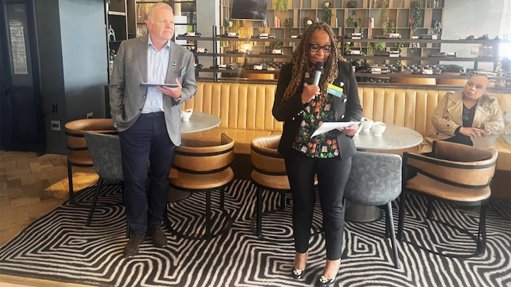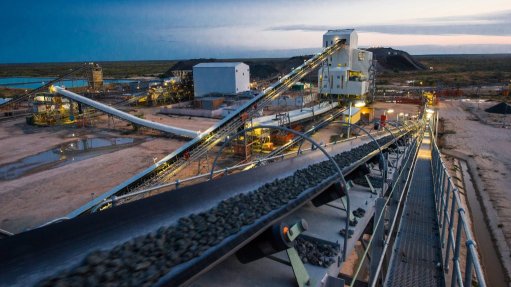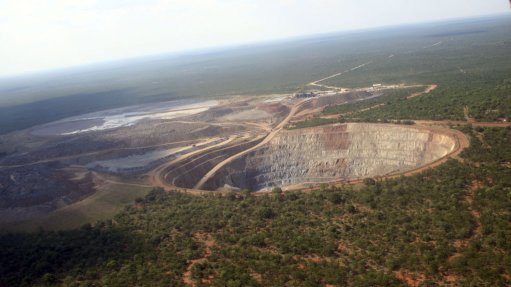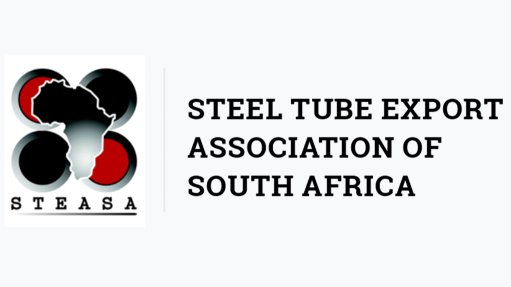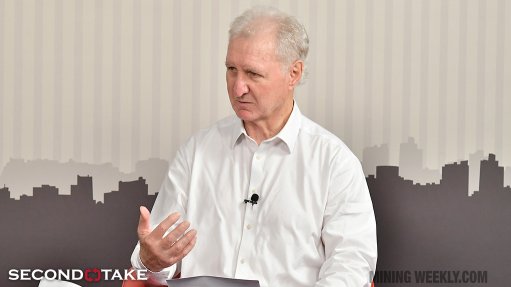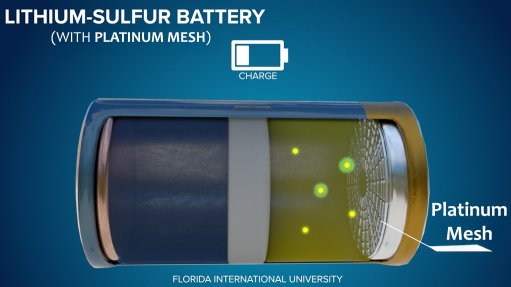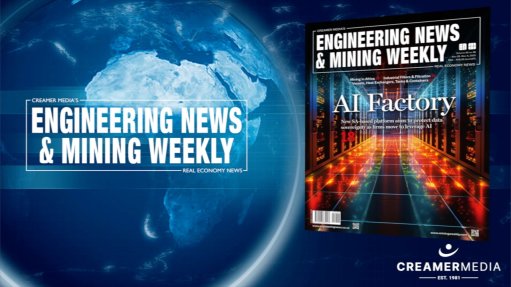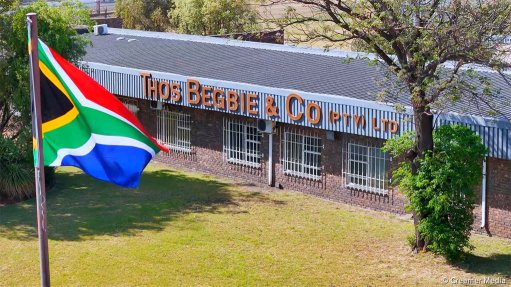RMB: Shaping SA's Energy Future Through Innovative Financing of Transmission Infrastructure
By Keith Webb, Senior Investment Banker for Infrastructure Sector Solutions at RMB
In the heart of South Africa's economic transformation lies the intricate challenge of overhauling its energy market.
In support of this transformation, FirstRand, through its investment banking arm Rand Merchant Bank (RMB), and the funding markets in general have extensive experience in structuring and arranging funding in both the Power and Public-Private Partnership (PPP) sectors.
As South Africa pivots towards a more sustainable, reliable energy future, RMB's role in supporting the roll-out of electrical grid transmission capacity becomes pivotal.
The recently unveiled 2024 Transmission Development Plan (TDP) sketches an ambitious path for the nation's electrical grid. It's a plan that demands substantial investment - an estimated R85 billion for capacity expansion and R18 billion for refurbishments in the next five years, with projections suggesting a doubling for the period 2030-2034.
This plan is about redefining how energy is transmitted across the country, ensuring that the power from the high renewable resource areas in the country reach users at peak wind and solar times and the grid remains stable and resilient during peak load times.
RMB is committed to supporting the National Transmission Company of South Africa (NTCSA’s) role in creating a robust electricity market through a suite of financial tools. Our approach includes offering credit support, liquidity products and hedging instruments designed to smooth the financial pathways for electricity trading, ensuring that NTCSA can manage the financial ebb and flow of such an extensive project.
When it comes to funding the TDP, we envision multiple models.
The current model where the NTCSA undertakes Engineering, Procurement, and Construction (EPC) work on its own balance-sheet is well understood and has been recently supported by NERSA approving a ring-fenced revenue line for transmission services. This could allow RMB to raise the necessary funds for NTCSA to undertake transmission projects directly.
Alternatively, an Independent Transmission Project (ITP) model would involve funding for private entities to build, own, operate, and eventually transfer transmission lines to NTCSA, based on a competitive procurement process. This approach has been successfully undertaken in South Africa through REIPP and PPP procurement processes although this requires contingent balance-sheet support from the procurer (likely NTCSA in this case) through committing to a long-term obligation to pay for the Transmission Service Agreement.
In both the above instances, it is likely that as NTCSA gets established it would require a suitable guarantor to enable it to raise substantial funding. Credit support mechanisms, reminiscent of those used in early REIPP stages where a credit-worthy guarantor provided guarantees covering NTCSA’s obligations under EPC or TSA agreements, would be required. While ring-fencing revenue streams is essential for NTCSA to meet its financial obligations, both on and off its balance sheet, addressing the chronic issue of municipal arrear payments and debt is crucial to ensure their role as distribution networks in the new energy landscape.
Finally, RMB has funded a substantial amount of grid investment through the “Self-Build” model where Independent Power Producers have built their own Collector Networks and Main Transmission Substation (MTS) connections. This model has already facilitated over 1 500 MVA of MTS connections, which are transferred to NTCSA upon completion, with costs recovered through electricity tariffs or through a reimbursement mechanism should other parties connect to the shared infrastructure.
The benefits of this Transmission Development Programme are manifold.
It promises to bring the lowest-cost renewable generation capacity from high-resource areas into the grid, ensuring efficient transmission to users across the country. This not only supports a manageable transition for the economy but also fosters local industrialisation through the procurement of towers, cabling, transformers, and by engaging local companies for EPC contracts and maintenance services.
In conclusion, RMB's strategic involvement in funding South Africa's transmission infrastructure is more than just financial backing; it's an investment in enabling the new era in energy. The partnership between public utilities and private finance will dictate the pace and success of this monumental shift.
Article Enquiry
Email Article
Save Article
Feedback
To advertise email advertising@creamermedia.co.za or click here
Press Office
Announcements
What's On
Subscribe to improve your user experience...
Option 1 (equivalent of R125 a month):
Receive a weekly copy of Creamer Media's Engineering News & Mining Weekly magazine
(print copy for those in South Africa and e-magazine for those outside of South Africa)
Receive daily email newsletters
Access to full search results
Access archive of magazine back copies
Access to Projects in Progress
Access to ONE Research Report of your choice in PDF format
Option 2 (equivalent of R375 a month):
All benefits from Option 1
PLUS
Access to Creamer Media's Research Channel Africa for ALL Research Reports, in PDF format, on various industrial and mining sectors
including Electricity; Water; Energy Transition; Hydrogen; Roads, Rail and Ports; Coal; Gold; Platinum; Battery Metals; etc.
Already a subscriber?
Forgotten your password?
Receive weekly copy of Creamer Media's Engineering News & Mining Weekly magazine (print copy for those in South Africa and e-magazine for those outside of South Africa)
➕
Recieve daily email newsletters
➕
Access to full search results
➕
Access archive of magazine back copies
➕
Access to Projects in Progress
➕
Access to ONE Research Report of your choice in PDF format
RESEARCH CHANNEL AFRICA
R4500 (equivalent of R375 a month)
SUBSCRIBEAll benefits from Option 1
➕
Access to Creamer Media's Research Channel Africa for ALL Research Reports on various industrial and mining sectors, in PDF format, including on:
Electricity
➕
Water
➕
Energy Transition
➕
Hydrogen
➕
Roads, Rail and Ports
➕
Coal
➕
Gold
➕
Platinum
➕
Battery Metals
➕
etc.
Receive all benefits from Option 1 or Option 2 delivered to numerous people at your company
➕
Multiple User names and Passwords for simultaneous log-ins
➕
Intranet integration access to all in your organisation







